Introduction to Sandblasting Dust Collectors
Sandblasting is a powerful technique used in various industries for cleaning, stripping, and preparing surfaces. The process, however, generates significant amounts of dust, which can be hazardous to health and detrimental to the quality of work. A sandblasting dust collector is an essential component designed to capture and filter out the airborne particles, providing a cleaner and safer working environment. This introduction delves into the intricacies of these systems, their types, and applications.
Types of Sandblasting Dust Collection Systems
The market offers a variety of dust collection systems tailored for sandblasting operations. From bead blaster dust collectors to blast room dust collectors, each system is engineered to handle different volumes and types of media used in blasting. Cyclone sandblaster dust collectors are particularly known for their efficiency in separating dust particles from the air without the need for filters, using centrifugal force.
Applications and Features
Whether it's for a sandblast cabinet dust collector in a small workshop or a large-scale sandblast room dust collector for industrial use, these systems are versatile. They are crucial in automotive restoration, metalworking, and even artistic etching on glass or wood. Key features include their ability to maintain visibility within blast cabinets, protect operators from harmful dust, and ensure compliance with health and safety regulations.
Materials and Advantages of Dust Collectors
Dust collectors for sandblasting are constructed from durable materials capable of withstanding the abrasive nature of blasting media. The advantages of integrating a sandblasting dust collection system are manifold. They extend the life of blasting equipment, improve the quality of the finished surface, and reduce the release of dust into the environment, which is crucial for meeting environmental standards.
Choosing the Right Dust Collector
Selecting the right dust collector, such as a blast cabinet dust extractor or a sand blasting dust extractor, depends on the specific needs of the operation. Factors to consider include the size of the blast cabinet, the type of blasting media used, and the volume of air that needs to be filtered. For DIY enthusiasts, a sandblaster dust collector DIY setup might be adequate, while professional settings might require more sophisticated systems like the skat blast dust collector.
Maintenance and Sustainability
Maintaining a dust collector is crucial for its longevity and efficiency. Regular checks and replacements of filters, seals, and hoses ensure the system operates at peak performance. Moreover, sustainable practices such as recycling the collected dust can be considered, depending on the type of blasting media used.
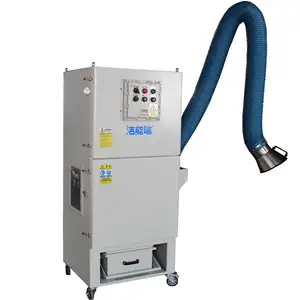










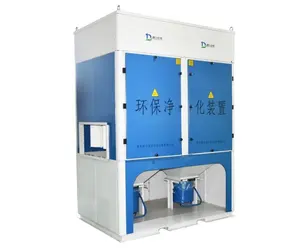


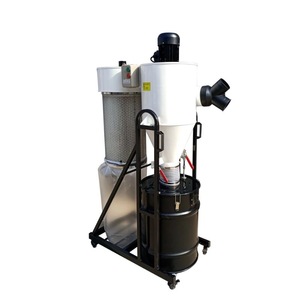

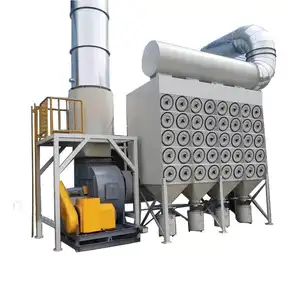



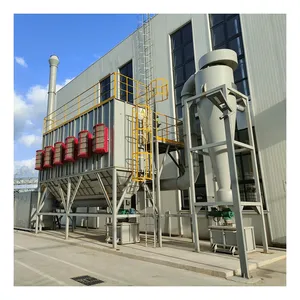

















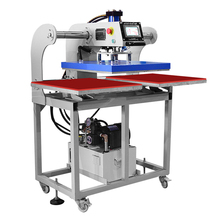






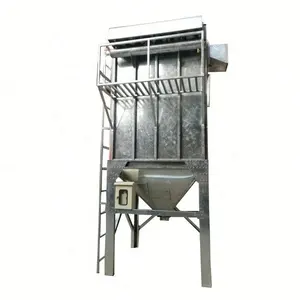
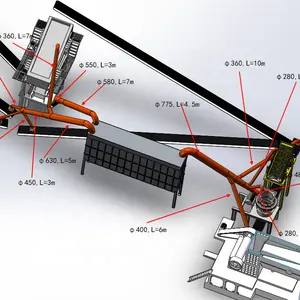


























 浙公网安备 33010002000092号
浙公网安备 33010002000092号 浙B2-20120091-4
浙B2-20120091-4